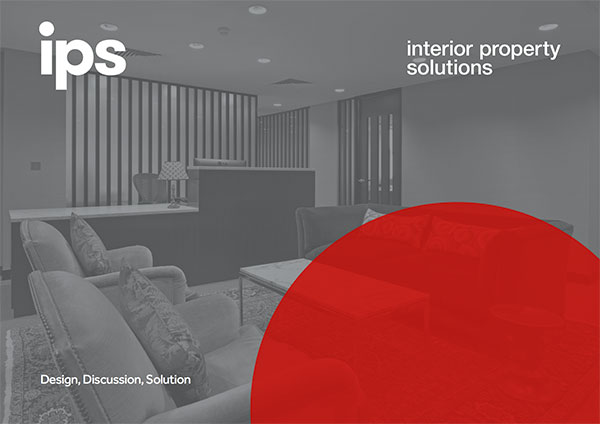1. Planning for Sustainability:
Before jumping into action, it's important to have a thorough plan that includes sustainability goals. The planning phase should consider environmental impact, employee well-being, and cost-effectiveness.
2. Choosing Recycled and Eco-friendly Products:
Selecting furniture and fixtures made from recycled materials or sustainably sourced wood can significantly reduce your office fit-out's carbon footprint. Recycled content products are not only environmentally friendly but can also be unique, adding a distinctive touch to your workspace. When selecting products, look for certifications like FSC (Forest Stewardship Council) for timber products.
An example of a project that IPS Interiors have helped to source products with sustainable credentials is our Wood Street project for a Global Investment Bank. Our client wanted to ensure that their chosen fit out company could demonstrate relationships with locally and responsibly sourced products. We arranged to visit the factories of two key manufacturers within our supply chain where the FSC certified products could be witnessed at first hand, together with the manufacturing processes.
3. Energy-efficient Designs:
Incorporating energy efficiency into your office fit-out can lead to substantial cost and energy savings. This can be achieved by maximizing natural light, installing LED or energy-saving light bulbs, and using energy-efficient appliances. Additionally, integrating smart technology can help monitor and manage energy usage more effectively.
Many new or newly refurbished office buildings are fitted with smart lighting systems, which make the floor more energy efficient by monitoring the room occupancy and even lighting levels according to the daylight, meaning the fittings only use the energy required.
Planning your office design to incorporate the smart systems, adding scene switches as necessary in meeting rooms, will help maintain efficiency.
4. Adopting a Circular Economy Approach:
A circular economy focuses on reducing, reusing, and recycling to minimize waste and keep resources in use for as long as possible. This can be reflected in your office fit-out by choosing modular furniture that can be easily repaired, upgraded, or disassembled for reuse. Additionally, leasing or buying used furniture can help avoid unnecessary production and waste.
Our team recently helped a Private Equity company remodel a CAT A+ specification office space to better suit their needs. Glass panels, light fittings and furniture were carefully planned into the office redesign, to ensure we did not waste materials unnecessarily. A full case study can be found here. The result was an office that was true to its original design concept, with a layout that better suited our clients needs.
5. Incorporating Biophilic Design:
Biophilic design involves incorporating natural elements into your office space, promoting well-being and productivity. This could include indoor plants, natural light, nature-inspired textures, and materials. Beyond aesthetics, these elements can also improve air quality and create a more pleasant work environment.
6. Waste Management and Reduction:
During the fit-out process, make sure to manage waste responsibly. This can be achieved by recycling construction waste where possible and working with contractors who are committed to minimizing waste.
7. Regular Maintenance and Upkeep:
Ensuring regular maintenance of appliances, HVAC systems, and lighting fixtures can extend their life span, reducing the need for replacement and minimizing waste.
